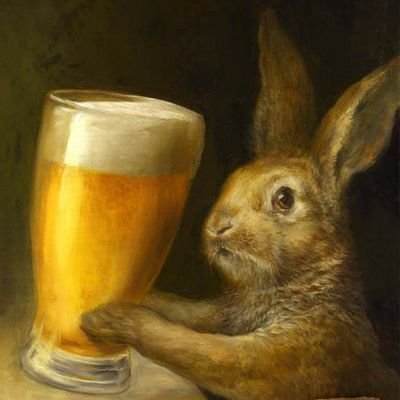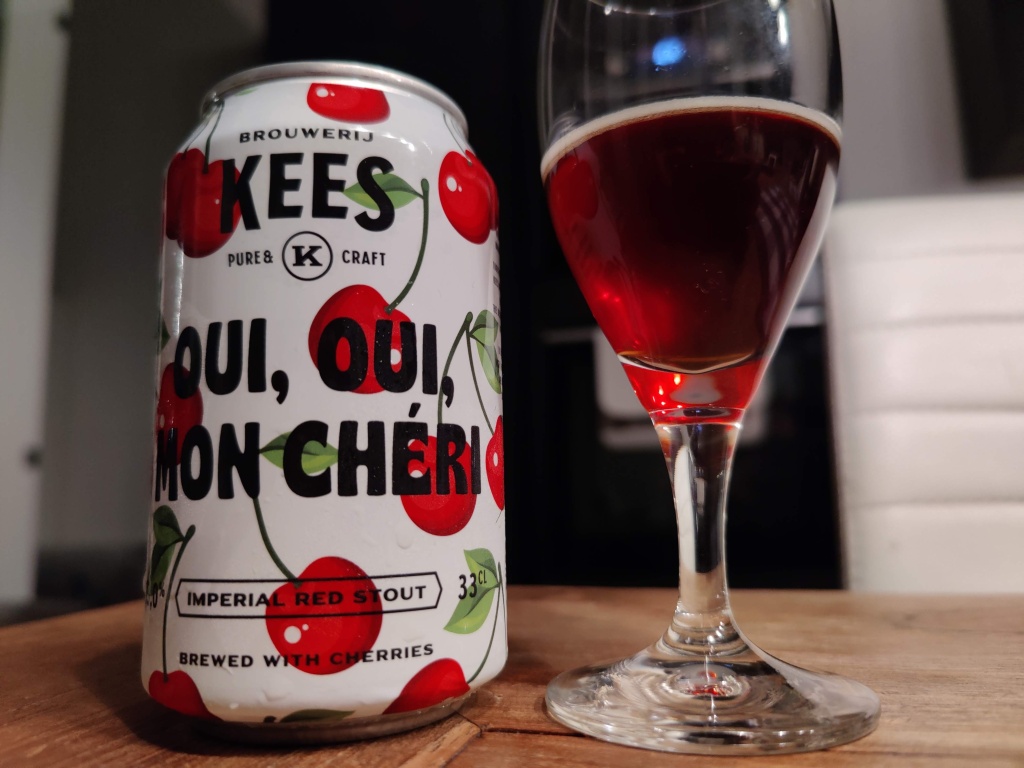A year or so ago, I finally had my go at a “white stout”. I never went after it, because in my opinion, this seemed like just a funky gimmick you could do, without much added value. Stouts are black after all. Almost all sub-styles of stout are, and the flavor profile of a stout seems to fare well by roasted grains on the grist, which should make the beer black. Right? I didn’t think too highly of the white stout and just largely ignored it. Until yesterday. I was tasked with writing reviews and tasting notes of a bunch of beers, one of them designated as an Imperial Red Stout.
So what is a stout? What even is a beer style? In principle, styles are definitely organoleptically, meaning that they depend fully on properties of the beer that can be observed with our senses. That means that they are mostly independent of brewing techniques or ingredients, although there is an obvious relation between ingredients and process on one hand and the aroma, flavor, color and mouthfeel on the other hand. This relation is perhaps what makes it sometimes difficult to discuss styles.
As an example: saisons (see Style 25B of the BJCP) are typically very dry, somewhat spicy (peppery, not clove), a moderate bitter, not too dark in color and usually well-carbonated. This can all be sensed by a taster. In traditional saisons the peppery notes are yeast-derived, not from additives like Szechuan peppers, lemongrass or the likes. A purist might then say that an ale that has spiciness purely derived from added spices, instead of from the yeast, is not a proper saison. I would typically agree. But am I correct? Perhaps not. Only if we agree that tasters can mostly sense the difference between phenolic spice accents and aromas from additives can we update the definition of the style to include that the spiciness must come from yeast. I think that would be a bridge too far.
Now the same could hold for stouts. Contrary to the saison, “stout” is a family of styles, rather than just one. The BJCP lists eight sub-styles, which all happen to be black. Other style guidelines might have different styles in this family. There is no strict rules for families of styles. They should be closely related, somehow, but nobody said on what aspect.
With the addition of the occasional white stout and, apparently, red stouts, a select group of brewers seems to have agreed that the color of the beer is not something that should be uniform over this family. What is still present in all stout sub-styles is the aroma of roasted malts: coffee and/or chocolate. A corresponding (malt-, but often also hop-based) bitterness was present in the examples I happened to sample, but who knows what other brewers are doing.

A white stout by De Moersleutel, who excel at stouts. At the time, I largely ignored the gimmick.
A beer style is not something set in stone, and neither are the boundaries well-defined. Great beers are made when brewers try to make hybrids between styles. Often when “white” is put in front of any other style (say “white IPA”), this sets some expectation that un-malted wheat is used (which should be noticeable in flavor, and perhaps mouthfeel). Typically, when “red” is put in front of a beer style, this indicate somewhat of a cross-over with a red ale.
In the end, the expectation of a consumer is what should guide style information on a label.
With the sub-styles of stouts, “red” and “white” happened to be indicative of the color. That is, with hindsight, not particularly odd. In fact, it makes more sense to non-beer-geeks than indicating a cross-over with some other style, that the consumer might not even know.
The Imperial Red Stout I had was the “Oui, Oui, Mon Chéri” by Kees, pictured in the main picture of this post. Incredibly flavorful, with cherry, chocolate, coffee, coconut and a bunch of alcohol (13% abv). It was in fact brewed with actual cherries, so in some sense, this red stout was mostly a cross-over between an imperial stout and a kriek. Sweet and fruity, yet strongly “dark flavored” as well.
I can only celebrate brewers trying to color outside the lines. This is what makes the beer landscape interesting, isn’t it?


Leave a comment